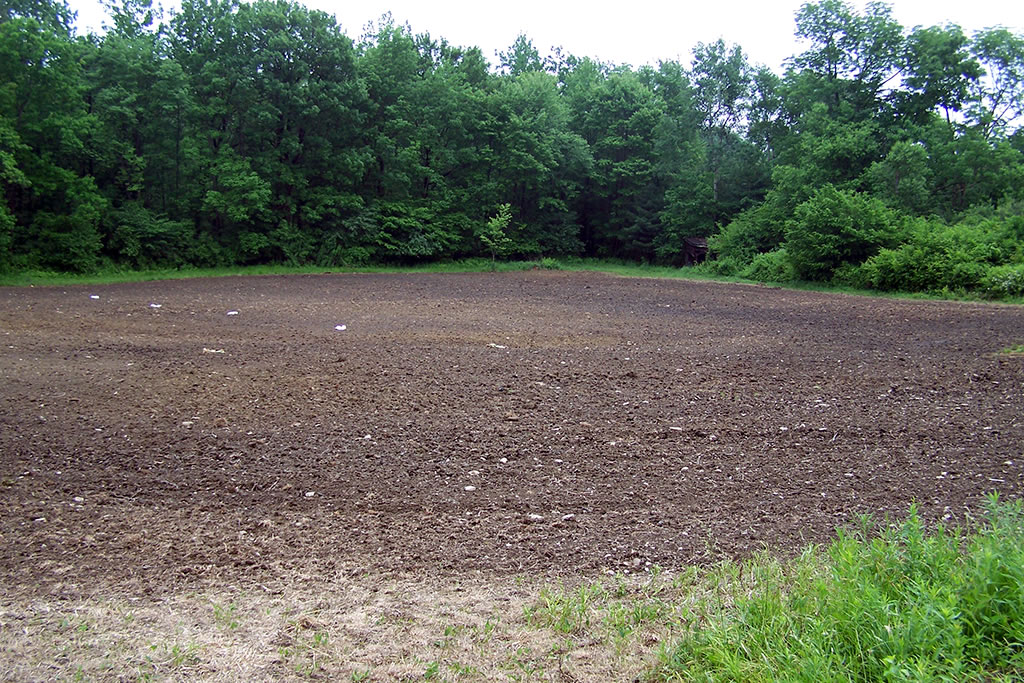
Seed bed preparation is extremely important in growing successful food plots. Many planting failures can be attributed to poor seedling survival or lack of germination due to incorrect planting depth and poor seed bed prep. This is especially critical when planting small seeds like clover, chicory, brassicas, or alfalfa. These seeds need a covering of no more than ¼ inch of soil. Oftentimes when plots are disked or tilled, the seed bed is left fluffy and is not conducive for small seeds to germinate. Many times when small seeds are broadcasted onto a very finely disked and fluffy seedbed, even a moderately heavy rain causes some seeds to be buried too deep and results in an uneven stand. Ideally, when planting smaller seeds your plots should be cultipacked after disking or tilling to firm the seedbed. Seeds can then be broadcasted and for the best seed to soil contact, fields can then be cultipacked again. This process creates a great environment for seedling survival by incorporating the seed evenly and at the proper depth. Cultipacking also allows moisture to move through the soil profile properly and keeps moisture around the seed as it germinates. Leaving a seedbed un-packed and full of air space allows the soil to dry out much faster and increases the chance of plot failure. One food plot implement we have tried and really loved is the Firminator. It’s one of the most complete pieces of equipment for food plots.
For more info on planting successful food plots read “Preparing a Dove Field: Sowing the Seeds of Success”. We all know there are many options for preparing a dove field. Wheat and millets, such as brown top, Japanese, proso, and foxtail, are common choices in this area. But my recommendation for a successful dove field is a sunflower field.































